
“Cats are low-maintenance pets.” It’s a cliche that’s repeated too many times and one of the worst feline health lies ever. Sure, cats don’t require walking on rainy days or constant attention, but their requirements are not easy at all. Failing to meet them can cause stress, illness, and even reduced lifespans.
From haphazard eating mistakes to misinterpreting their body, most cat owners commit easily preventable mistakes that erode their pet’s health and well-being. The silver lining? By making a few thoughtful changes, you can create a healthiest, more engaging world in which your cat truly thrives.
Below is our top list of most common mistakes and how to fix them so your cat can live a healthier, happier, and more relaxed life.
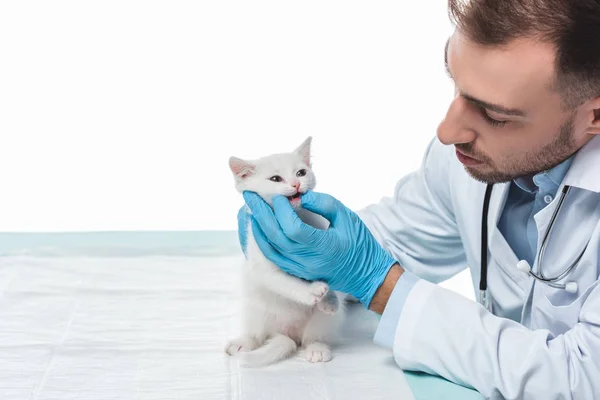
1. Avoid Regular Check-Ups at the Vet
Cats are experts at concealing pain, and thus kidney disease, arthritis, or gum disease may go undetected. Experts name annual well-checks and twice a year in seniors are needed for catch-all detection. Vaccinations are just part of the visits; they cover complete physical examination, bloodwork, and parasite testing. As Dr. Marla J. McGeorge suggests, preventive care is crucial since “cats receive less healthcare than dogs,” and changes in behavior may be the only sign something is wrong.

2. Feeding the Wrong Diet or Portions
Excess and poor-quality diet can lead to obesity, diabetes, and gastrointestinal disease. Cats are obligate carnivores and must be provided with nutrients from animal sources only. The best option is a complete AAFCO-approved feline food to suit your cat’s life stage. Steer clear of dog food, high-treat diets, and abrupt diet modification. Two meals daily at least once a day keeps an eye out for variation in appetite, an early indicator of sickness.

3. Litter Box Poor Hygiene
Too stinky or dirty a litter box will lead even the most trained cat to go elsewhere. Daily scooping, weekly washing with mild, fragrance-free cleaners, and a ratio of one per cat plus one extra is the norm. No ammonia-based cleansers or perfumy deodorizers, thank you, that will repel cats or bother their lungs. If your cat simply refuses to enter the box, something is wrong, either stress or an illness that needs to be treated right away.
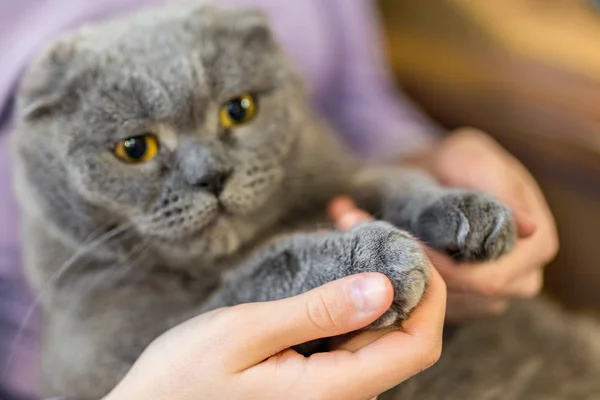
4. Declawing or Punishing Natural Behaviors
Declawing is more than a nail trim instead, it’s an amputation that results in long-term pain and behavioral issues. Scratching, climbing, and pouncing are natural urges, not bad behaviors. Redirect these urges with steady scratching posts, cat trees, and interactive playthings. Positive reinforcement training is light years better than punishment, which generates trust erosion and added anxiety.
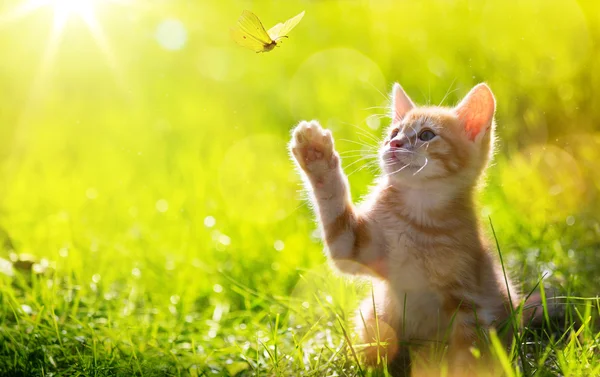
5. Forgetting Enrichment and Play
Cat boredom can lead to destructive behaviors, over-grooming, or aggression. Enrichment is not just dropping a toy on the floor stimulating their prey instincts with wand toys, puzzle feeders, and heights. Dr. Kristyn Vitale points out enrichment “taps into instinctive behaviors such as stalking, pouncing, and biting,” reducing stress and enhancing well-being. Cycle out toys, incorporate vertical spaces, and consider safe outdoor time through leash training or catio.
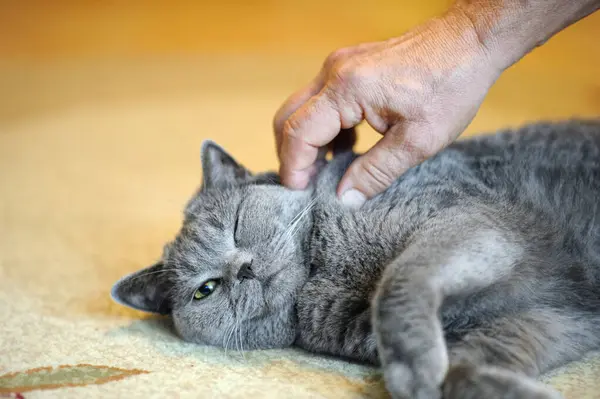
6. Forcing Contact or Ignoring Body Language
Not all cats enjoy being petted and picked up at will. Forcing contact can result in fear and breach trust. Touch base with cat cues: held ears and a swishing, happy tail usually show contentment but flattened ears, wide stare, or tucked tail show stress or fear. Tuning into these cues enhances your relationship and avoids defensive aggression.
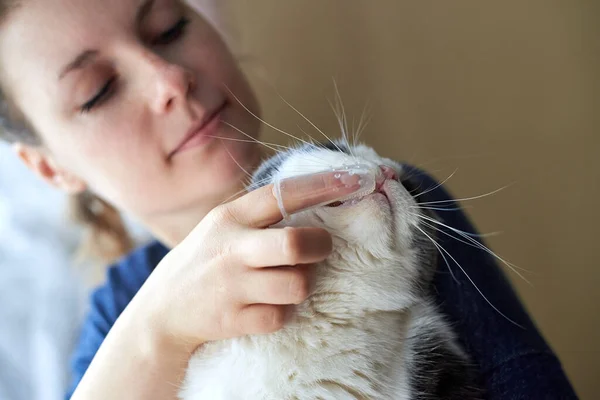
7. Neglect of Dental and Grooming Needs
Periodontal disease is present in over 70% of cats by age three, but is extremely preventable. Brushing teeth with cat toothpaste each day, chews, and periodontal cleaning keep mouths healthy. Grooming plays an important part as well brushing weekly for short-haired cats or every other day for long-haired cats keeps matting at bay and allows hairballs to develop. Skin checks also catch parasites or allergies early.
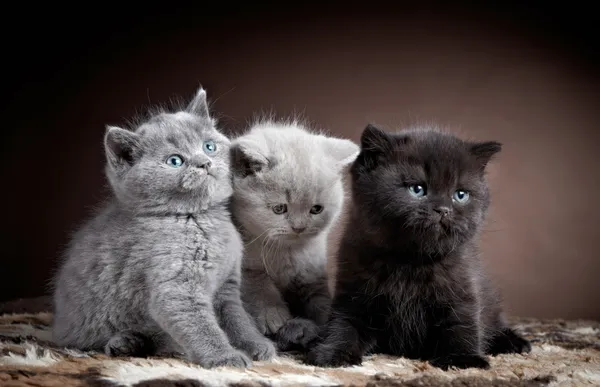
8. Presuming That Cats Don’t Need Training or Limitations
Kittens can be trained to follow commands, tricks, and household rules if patiently and rewardingly done. Clicker training, for example, can be used to aid in cooperative care like nail cutting or visits to the vet. If ignored, cats will learn counter-surfing or furniture scratching habits that are harder to stop later on. Soft but firm boundaries equate to a more harmonious coexistence for you and your cat.
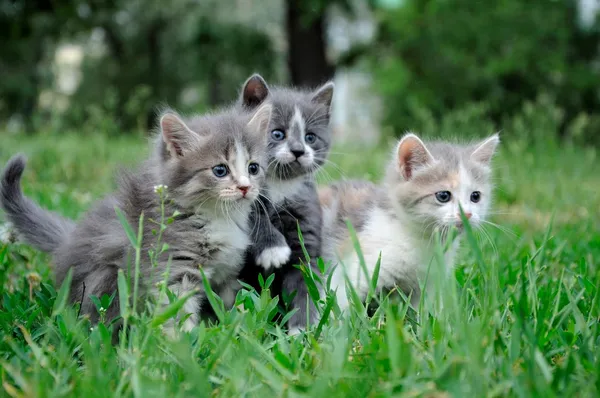
Caring for a cat isn’t about muddling through it’s about meeting their physical, emotional, and natural needs with intention. By not doing these things wrong, you’re not dodging potential problems; you’re actually improving the life of your cat. And what you get in return is a friendlier, healthier, happier pet who has complete trust in you.


